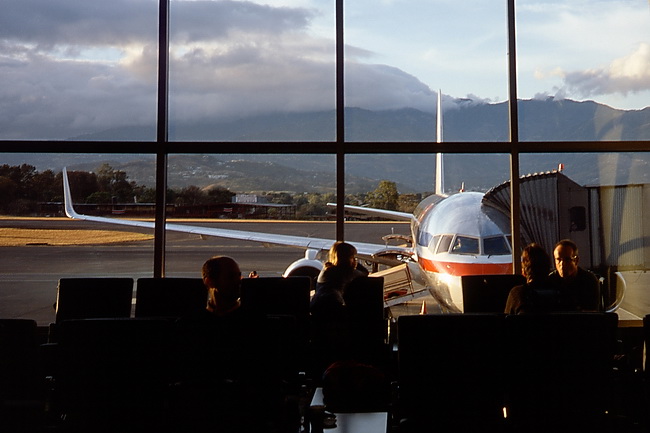
Juan Santamaria International Airport, San Jose, Costa Rica.
(Camera: Olympus 35RC; Film: Fuji Provia 100F transparency)
Traveling photographers always worry about what might happen to their film when it’s time to go through airport security. And with good reason. X-ray scanners can fog film and ruin your hard-won photos. But how real is the danger, and what can be done to minimize the potential for harm? The game has recently changed and strategies that might have worked in the past may no longer.
Right off the top, let’s deal with the idea of just tossing your film in your checked baggage along with your socks and underwear. In the often confusing and contradictory world of air travel and film, the single point of universal agreement is that this is a bad idea. So, in a word, don’t. Airport screening in the U.S. follows guidelines issued by the Transportation Security Administration (TSA), and even they say, “Never place undeveloped film in your checked baggage, our security equipment used for screening checked baggage will damage your undeveloped film.” What more is there to add?
Our only practical option is to bring the film with us through airport security, and this is where the situation gets a little tricky. Until recently, you could allow your film to pass through X-ray inspection and be reasonably confident that there would be no significant damage. Increasingly, that’s no longer the case.
A New Paradigm
It appears that airports across the U.S. and worldwide are rolling out new scanners at security checkpoints that utilize Computed Tomography (CT) technology for carry-on luggage. This is bad news for film users. Tests by Kodak, using Portra 400 film were revealing and alarming: “Just one scan shows significant film fogging, leading to smoky blacks and loss of shadow detail. This will be more significant for higher speed films. Although it’s possible that a roll of 100 speed film would show less degradation, we strongly recommend against putting any unexposed or exposed but unprocessed film through a CT Scanner.”
In their FAQ, Ilford Photo make the same point: “Based on our initial testing it is almost certain the new CT type x-ray scanners for cabin baggage will be deemed unsafe for any of our Ilford and Kentmere film products irrespective of ISO speed rating.”
You can read the TSA’s description of the CT scanner, along with a list of U.S. airports now employing this technology here.
Another new wrinkle that the CT scanners introduce is that it’s now unwise to leave film in your camera when you go through airport security. I never used to worry about that because, I figured, a roll inside my camera was unlikely to pass through more than one or two scanning stations, and therefore wouldn’t be harmed. That’s no longer the case. As much of a pain as it’s going to be, I’m going wait to load my camera until I arrive at my destination.
Coping with CT Scanning
In some respects, the new CT machines make our decision easier. Unless you’re confident that the airport you’re traveling through uses the older, less harmful technology, you’re going to have to ask to have your film hand inspected.
Here are a few suggestions on how to proceed. First, keep your film in a clear plastic baggie that you can get at easily while in the security line up — just like you do with your liquids and gels. Screeners tend to be much more helpful if you make an effort to keep things moving along smoothly and don’t hold up your fellow passengers. Remember — they’re under intense pressure to get everyone through the system as quickly as possible. Anything you can do to help them achieve that goal will only help engender cooperation.
Second, be polite and prepared. I wait until it’s my turn to walk through the scanning arch, then, when I have the attention of the screener, I hold up my baggie of film and request a “hand inspection.” Those seem to be the magic words that security personal recognize and know how to respond to. “Please” and “thank you” are the other magic words, but then you knew that already, right?
What about special protective film bags? Don’t bother. Kodak succinctly describes the pitfalls: “The once popular lead-lined carry bags aren’t practical today because if an inspector can’t see through the bag, he will increase the intensity of the x-ray until he can. Therefore, film may receive more harmful radiation than it would otherwise if it were normally inspected.” Alternatively, the screener will probably just take your film out of the bag and run it through the machine anyway, but this time, in a slightly annoyed state because of the extra time and trouble it’s taking to process your carry-on stuff. See my previous note about making their lives easier.
Finally, if everything goes wrong and you run into a security worker who absolutely insists that your film be x-rayed even after you’ve expressed your concerns (politely, of course), don’t fight it. There’s nothing you can do at that point except get yourself into a world of trouble. If gentle persuasion didn’t work, angry insistence certainly won’t. Unless it’s one of the few airports using the new CT machines, in all likelihood, your film won’t be damaged by a single scan anyway. This is why I rarely fly with film faster than ISO 400. If my film gets scanned once or twice, it’s unlikely to be catastrophic. And one hopes that screening staff trained on the new CT equipment will have a new appreciation for the damage that it can inflict on film. One hopes.
Smile and Keep Shooting
While all the above might make you want to throw your hands up and switch to digital, I will add that I’ve traveled with film through dozens of airports both internationally and in the U.S. and Canada, and the security staff I’ve encountered have, for the most part, been friendly and cooperative. Once in a while I even run into a screener who is also a fellow film user and is eager to chat. In my experience, such encounters are far more common than those with uncooperative security workers. If the introduction of CT equipment means these same people have a fresh awareness of the issues surrounding photographic film, then perhaps the future isn’t as bleak as it might seem at first blush.
And if you’re interested in seeing some “real world” experience with the effects of airport screening devices on film, have a look at this video by Irish YouTuber, Patrick Doyle. It’s a worthwhile view.
In summary:
– Never put your film in a checked bag.
– Keep your film in a clear, plastic baggie and request “hand inspection.”
– Avoid traveling with film faster than ISO 400.
– Remove all film from cameras before arriving at the airport.
– Be polite when dealing with security personnel.
Happy travels!
Did you find this article interesting or helpful? If so, consider using this link the next time you shop at Amazon.com. Better yet, bookmark it for future use. Thanks to Amazon’s associates program, doing so costs you nothing yet helps keep this site up and running. Thanks!

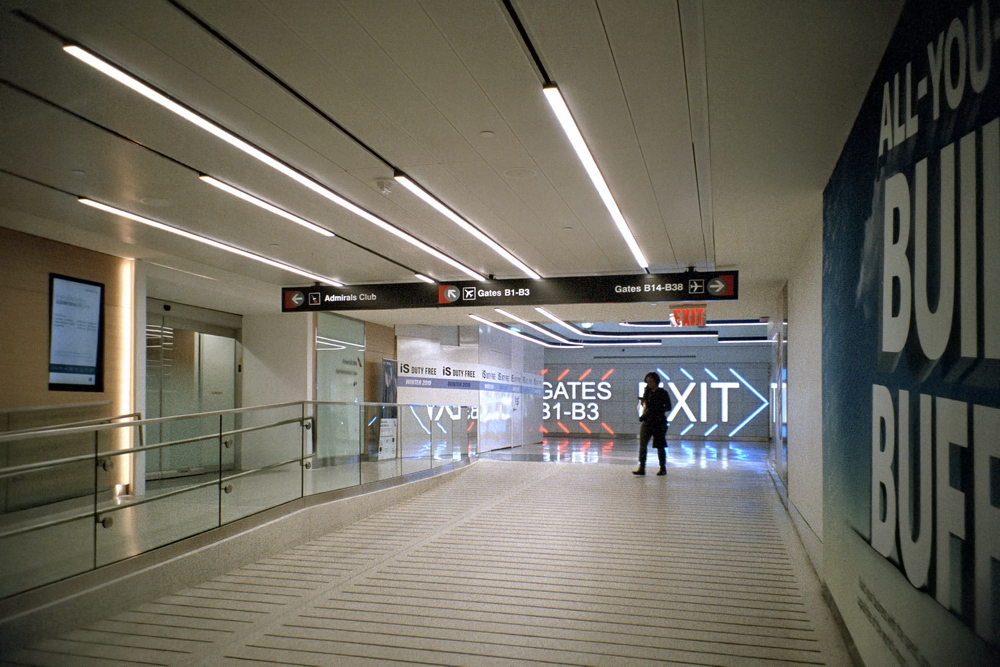
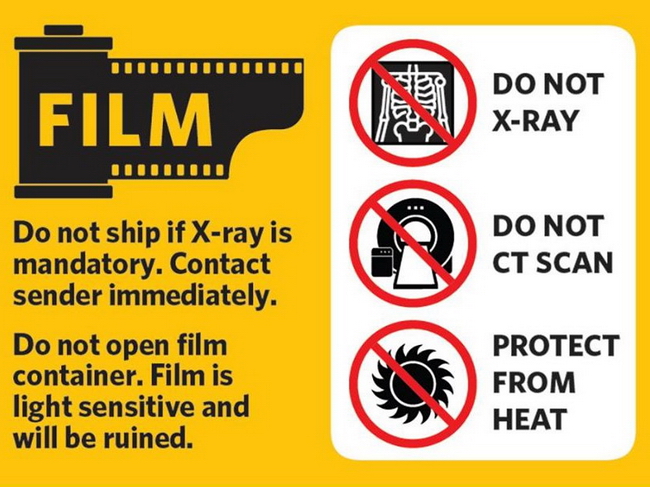
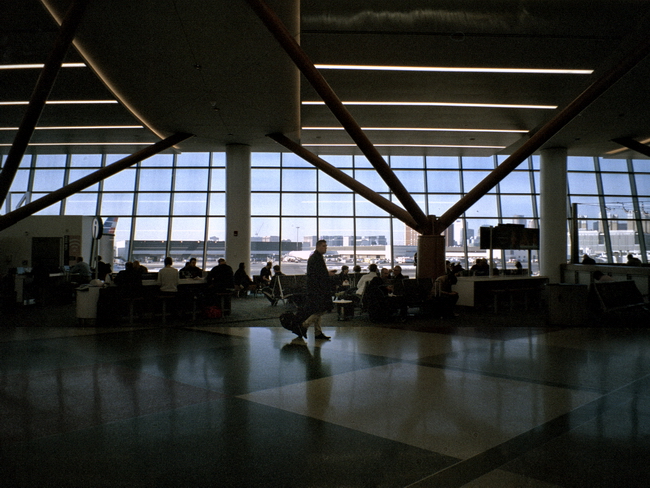
 Subscribe with RSS
Subscribe with RSS


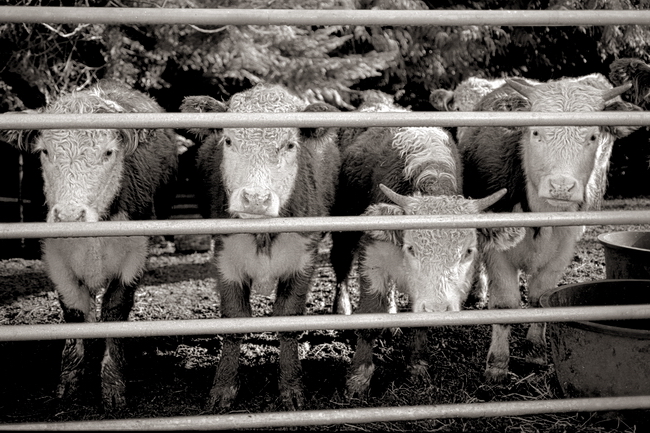


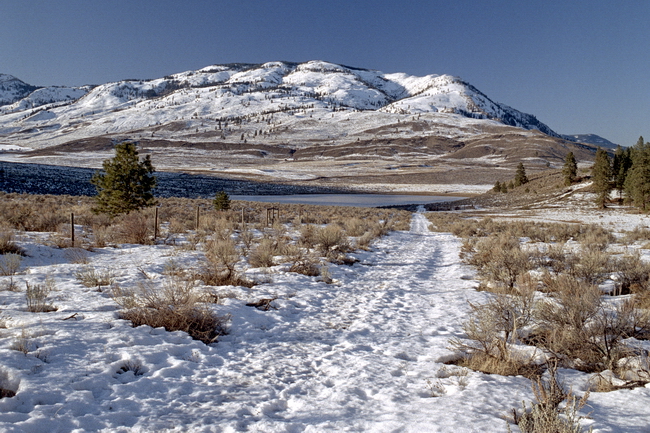


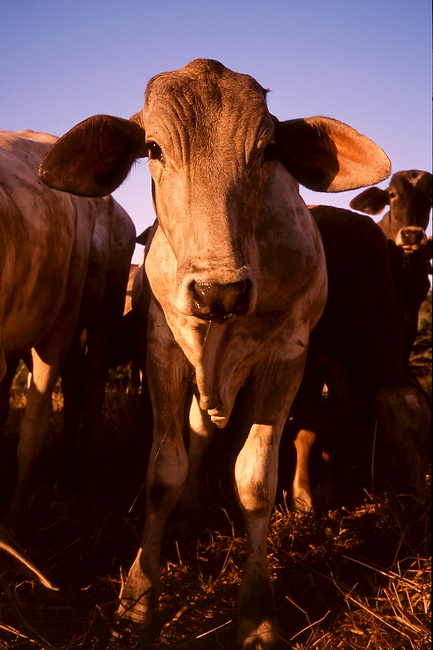
Thoughtful advice. Thank you for sharing it! I haven’t flown in a couple years but my wife and I are thinking about a trip overseas next year and of course I’ll want to shoot film.
I had this exact experience recently. We visited my father in law who lives in a different state. He had this old Canon EXEE with 800 film loaded and gifted it to me. When I arrived at the airport I asked for a hand inspection but the results came back positive so they ultimately had to run it through the x-ray machine. My father in law’s not sure what’s on the film but he thinks it was last loaded in the 80’s. I’m going to shoot the remainder of the film and try to develop it. I just hope the film isn’t completely ruined. Crossing fingers.
While shooting in Utah a few years ago, I mailed the exposed rolls directly to a lab before the flight home to the East Coast. It helps if the lab is within a a few states nearby. The unexposed film I placed in a clear zip lock bag and handed it to an agent before going through the arch. Even if something got exposed there it would be a loss of irreplaceable shots, just raw film.
Interesting that not every airport, recent trip from Australia – Europe (Singapore – Germany – Sweden – Austria – Bosnia & Herzegovina – Austria – Switzerland – Singapore – Australia, which by the way is way too much air travel) allowed for hand checking of 35mm due to canisters and insisted on scanning. Previous trips had seen my medium format roll film hand checked and squeezed by security causing fogging down both sides of about half of the frames. I have come to the opinion that the best way to air travel is to buy and develop film in the country of travel or just accept digital as a better flying medium.